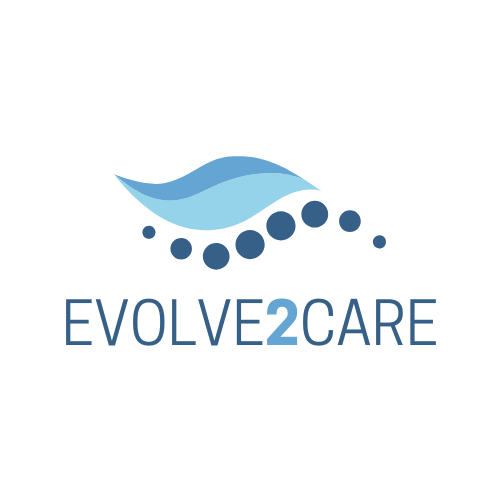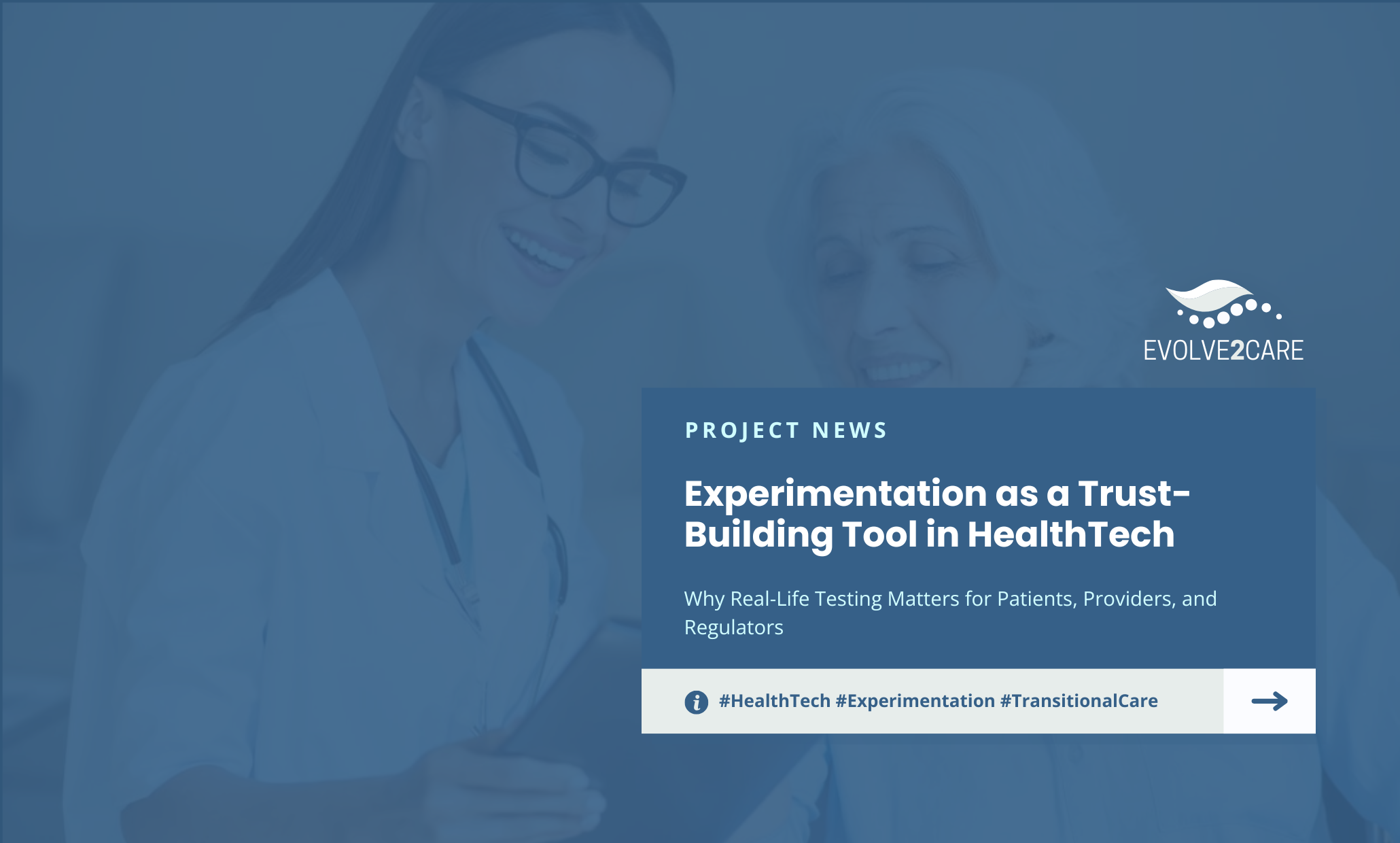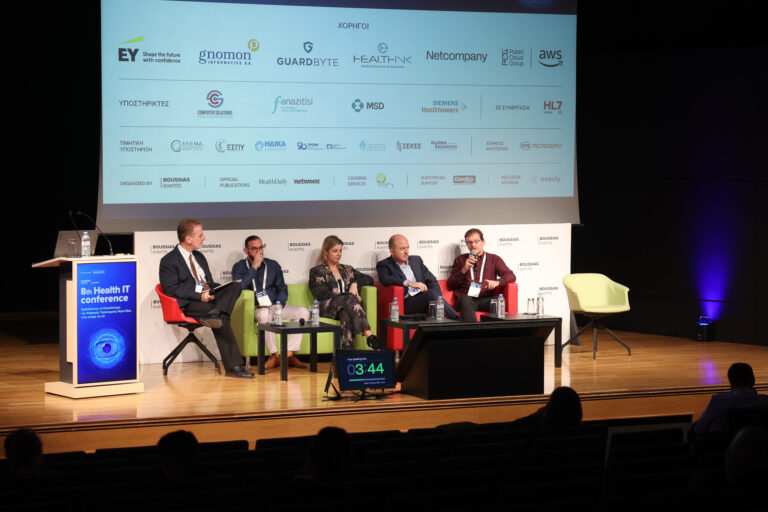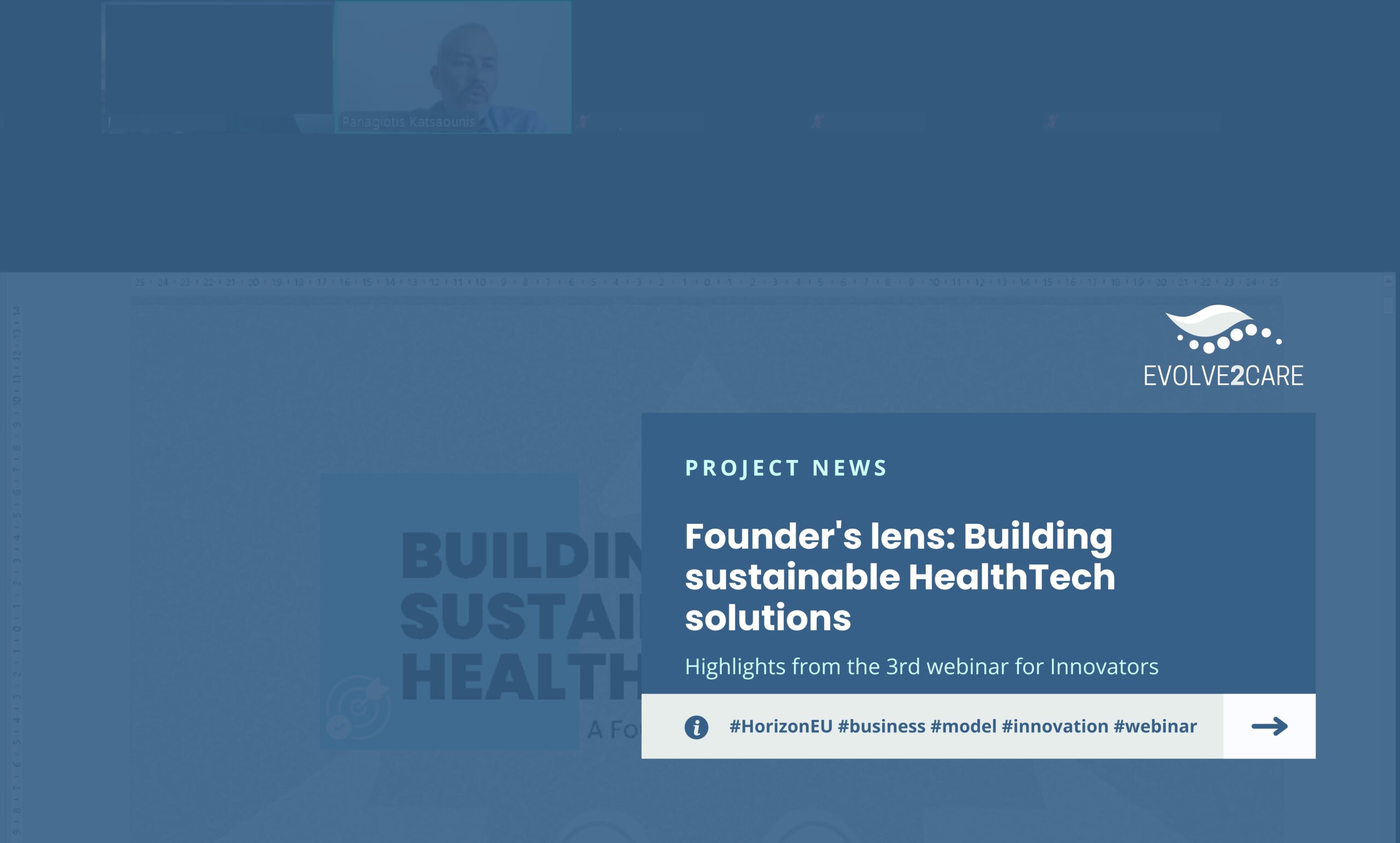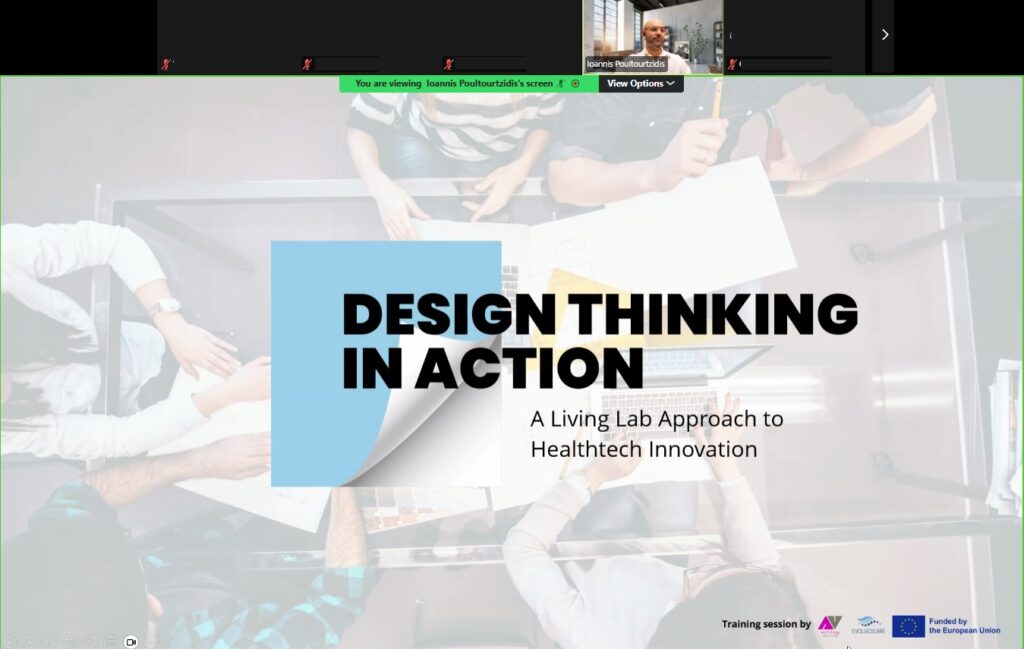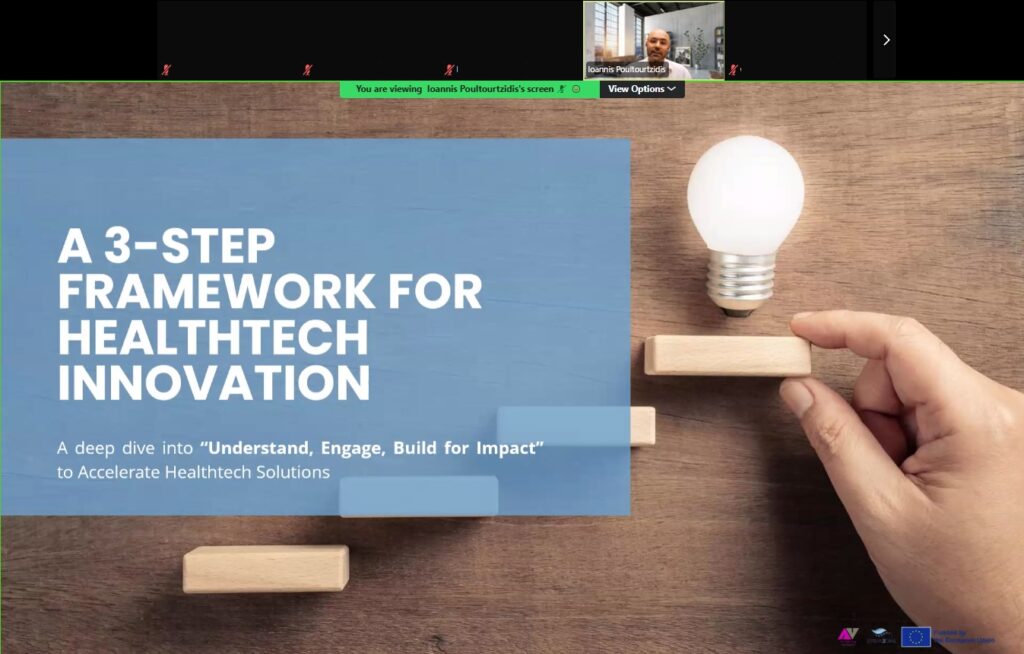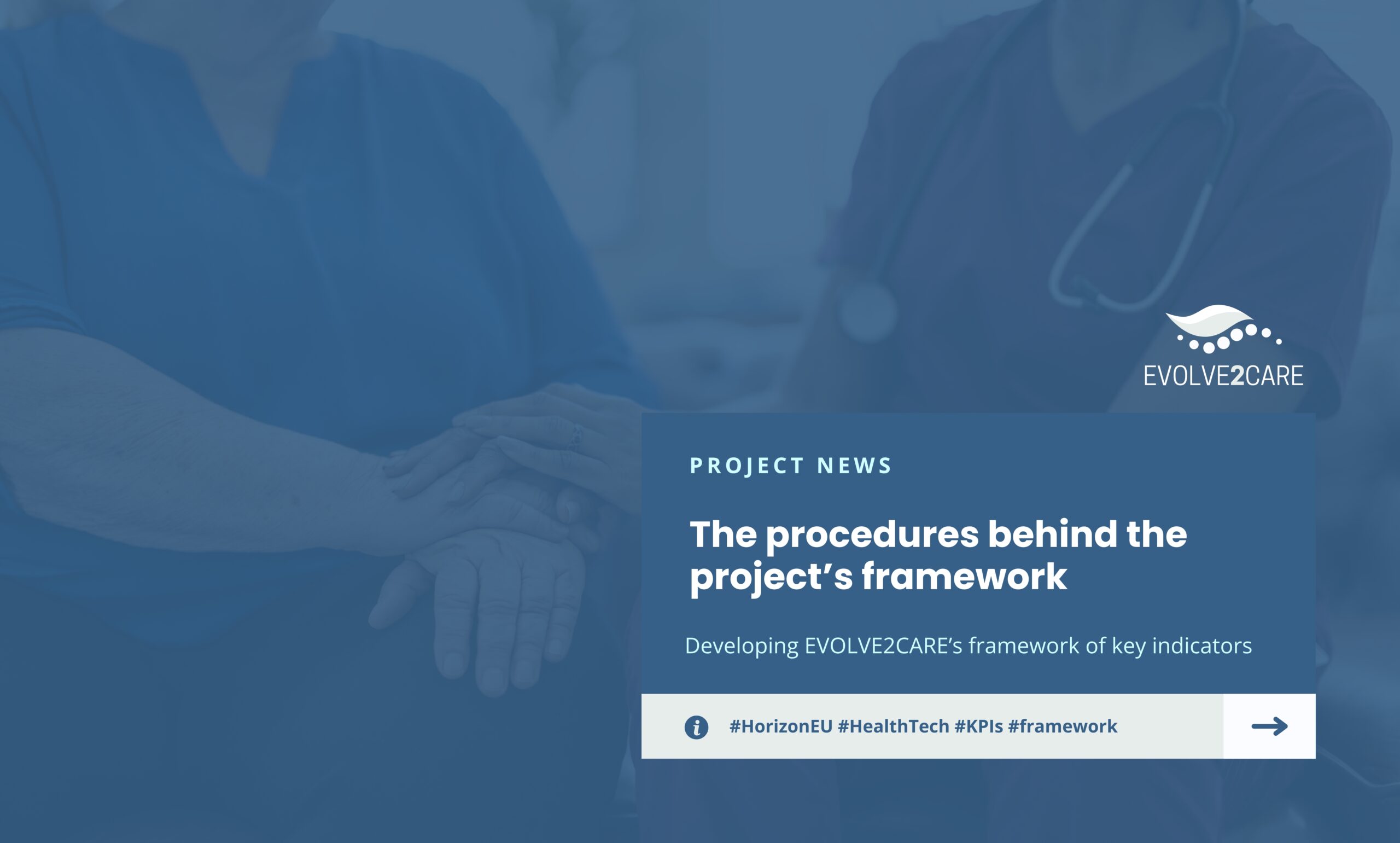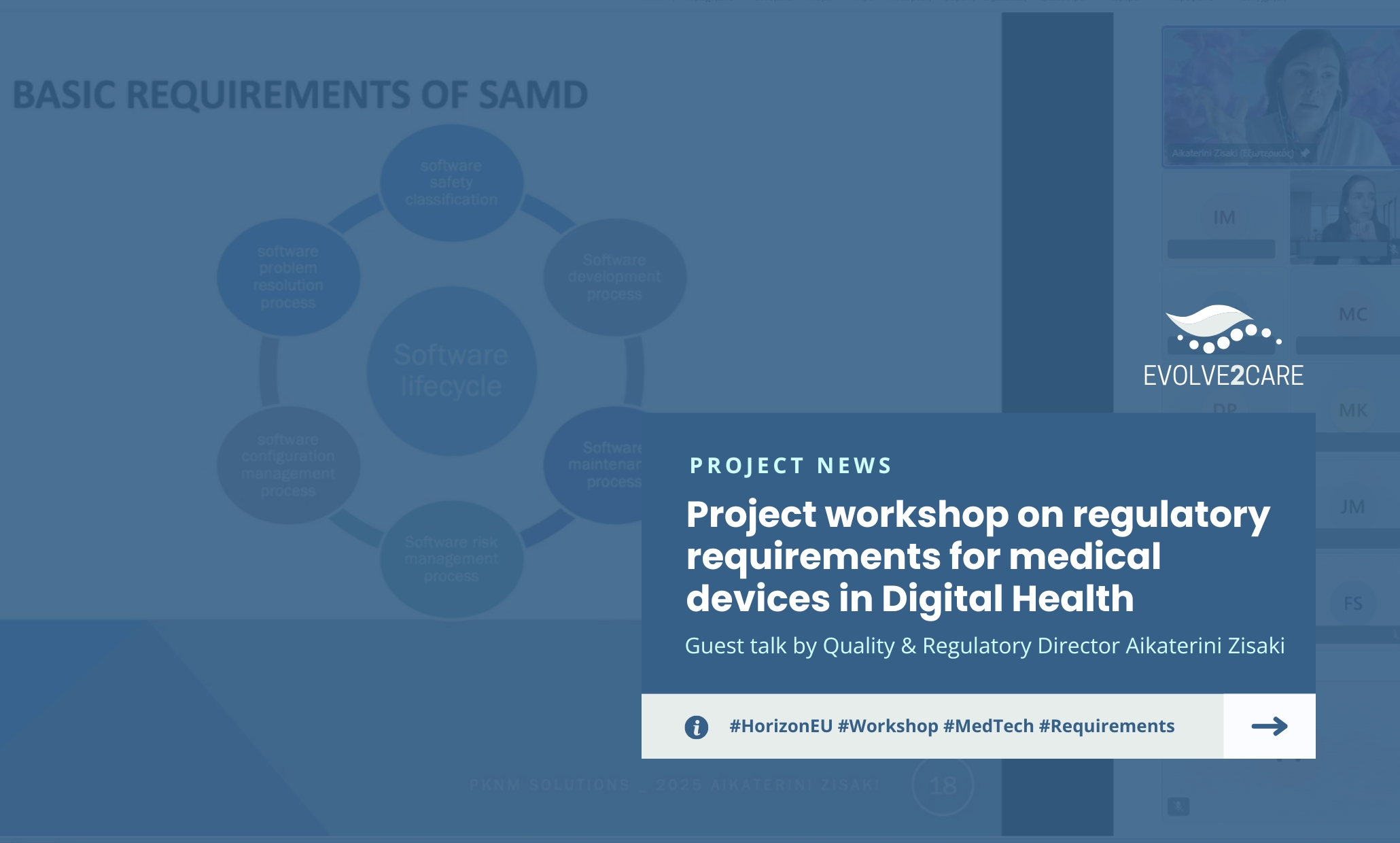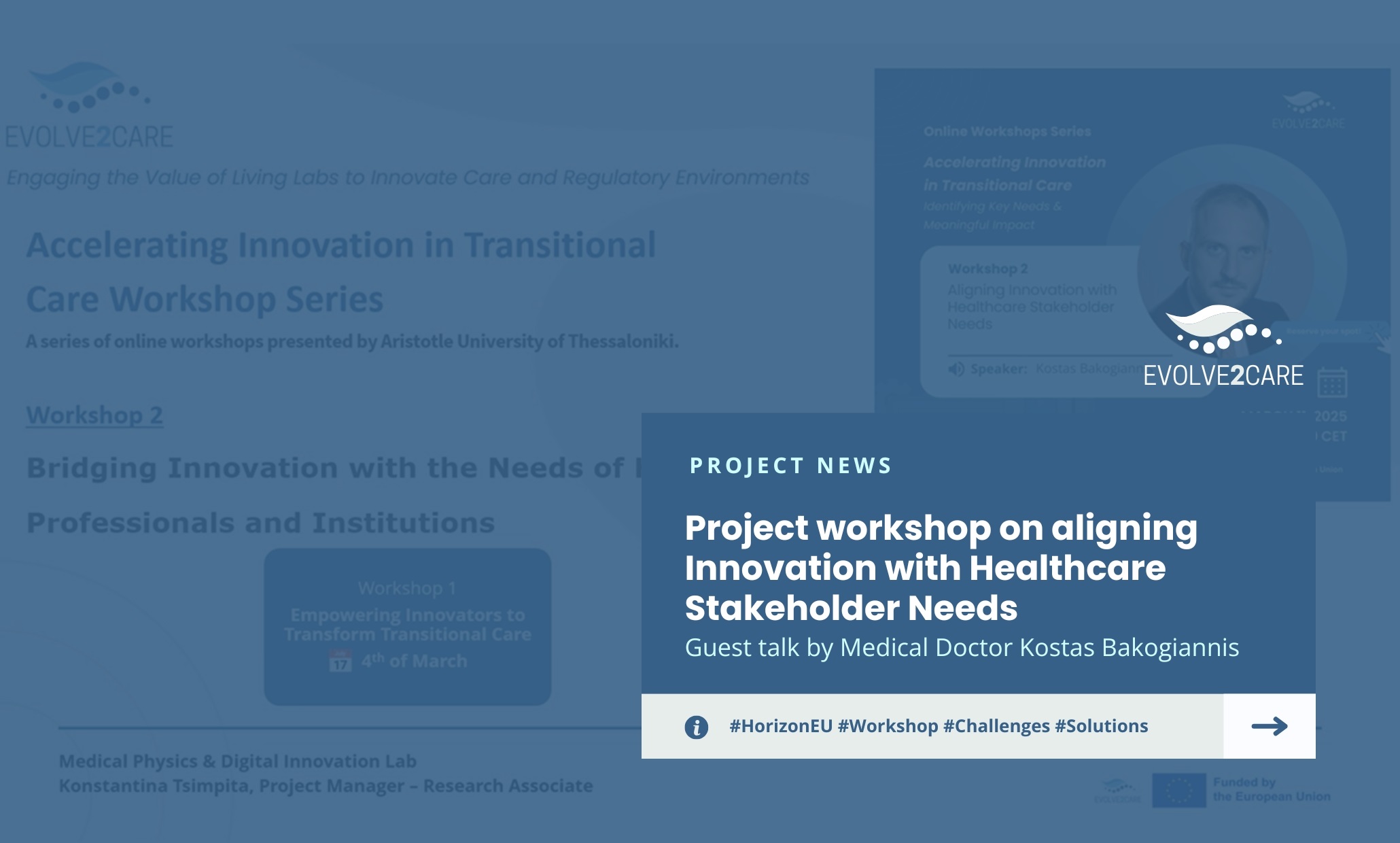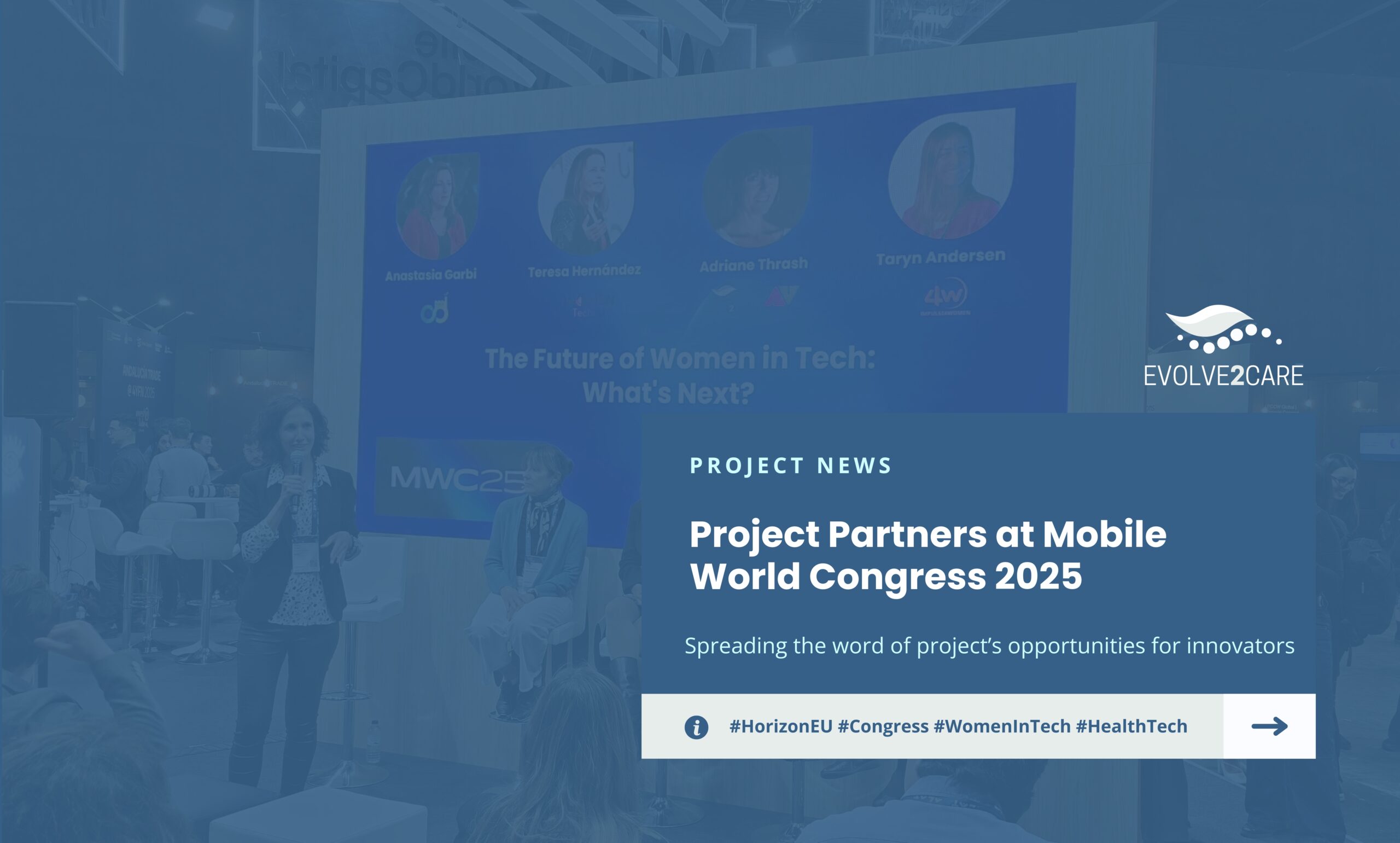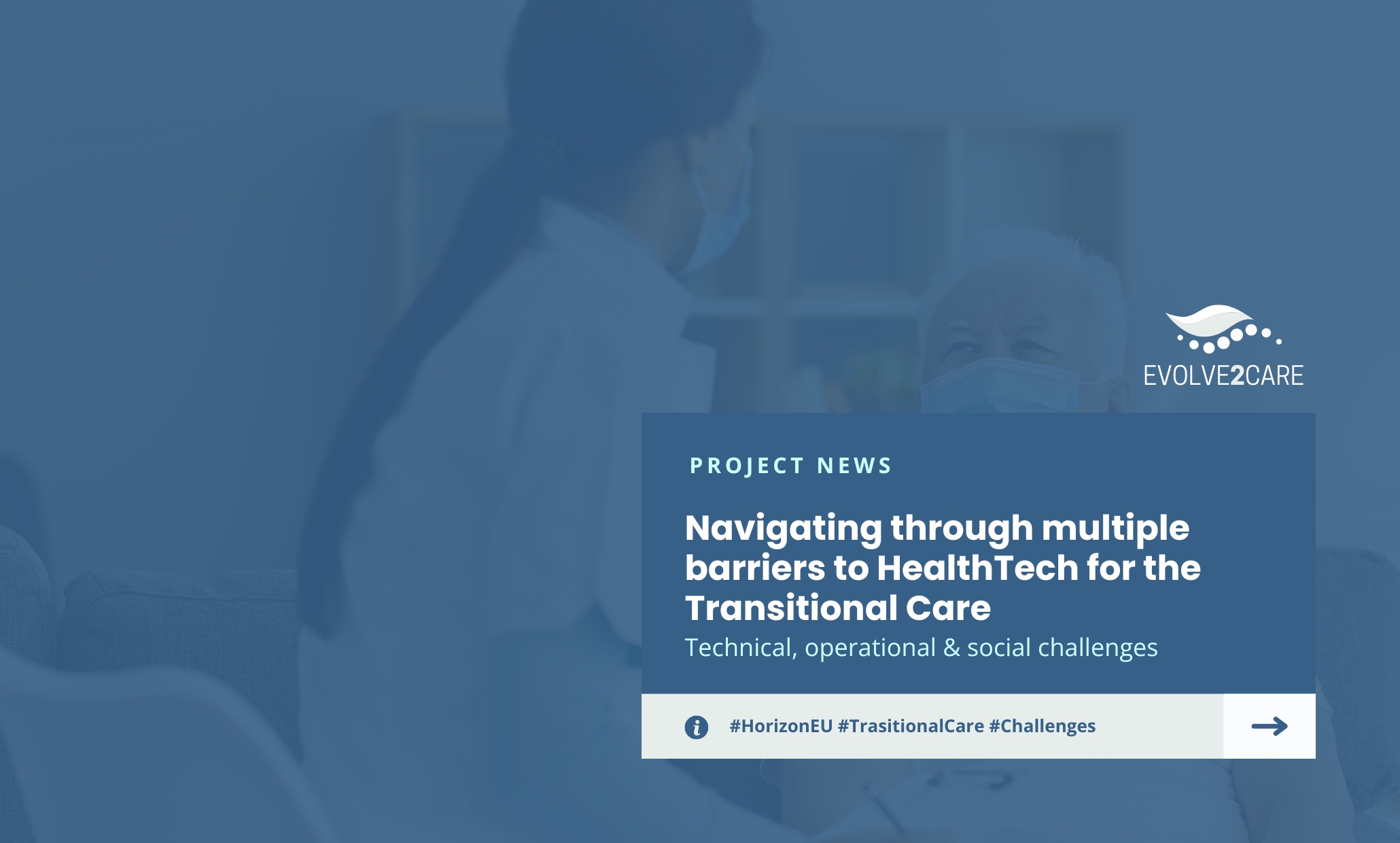Why Real-Life Testing Matters for Patients, Providers, and Regulators
Trust is one of the most underestimated barriers in healthcare innovation.
HealthTech solutions promise better outcomes, smoother transitions, and more personalized care. Yet patients hesitate, healthcare professionals remain cautious, and regulators demand extensive evidence before approving deployment. The question is not whether innovation is needed, but whether it can be trusted.
At EVOLVE2CARE, we approach experimentation not as a technical checkpoint, but as a human, ethical, and social process. Real-life testing in Living Labs allows innovation to be shaped with people and not simply delivered to them.
Our approach is grounded in the work carried out within the project to better understand what different stakeholders truly need from HealthTech innovation in transitional care. These insights have been consolidated in Deliverable D1.2 – Stakeholder Needs Analysis and KPI Framework, which offers a deeper look into how experimentation can align innovation with real-world expectations across patients, healthcare providers, Living Labs, and regulators.
Why patients hesitate
For patients and caregivers, trust is deeply personal.
New digital health tools often raise concerns around data privacy, usability, and the fear that technology may replace, rather than support, human care. When innovations are introduced without sufficient explanation or involvement, uncertainty quickly turns into resistance.
Real-life experimentation helps address these concerns by actively involving patients and caregivers in the development process. Living Labs create safe, supportive environments where individuals can test solutions, provide feedback, and influence how technologies evolve. When patients see that their experiences, preferences, and limitations are taken seriously, trust begins to grow.
Why healthcare providers resist
Healthcare professionals operate in demanding environments, balancing patient care with administrative responsibilities and fragmented digital systems. New technologies are often perceived as adding complexity rather than relieving pressure.
Through real-life experimentation, healthcare providers can assess whether innovations genuinely integrate into existing workflows, reduce administrative burden, and support clinical decision-making. Testing solutions in realistic settings allows professionals to identify what works, what doesn’t, and what needs refinement before wider adoption.
Why regulators are cautious
Regulators play a critical role in safeguarding patient safety, data protection, and ethical standards. Their caution is not a barrier to innovation, but a necessary responsibility in a highly sensitive sector.
Living Lab experimentation offers regulators early insight into how HealthTech solutions function in real-world conditions. By observing technologies as they are tested with users, regulators can better understand emerging risks, ethical implications, and compliance challenges. Early engagement reduces uncertainty, helps avoid costly redesigns, and supports smoother pathways to approval.
Living Labs as trust enablers
Living Labs sit at the intersection of innovation, care delivery, and regulation.
Beyond providing physical spaces or technical infrastructure, Living Labs act as trusted intermediaries that facilitate transparent collaboration among patients, healthcare professionals, innovators, and policymakers. Living Labs ensure that ethical considerations, data protection, inclusivity, and societal context are embedded throughout the experimentation process and not only addressed as afterthoughts.
Trust is not built through promises or pilot demonstrations alone.
Trust is built through real-life evidence, transparency, and shared responsibility.
For readers interested in exploring the methodological foundations behind this trust-driven approach, Deliverable D1.2 – Stakeholder Needs Analysis and KPI Framework is publicly available and offers further insight into how real-life experimentation can support responsible HealthTech innovation in transitional care.
